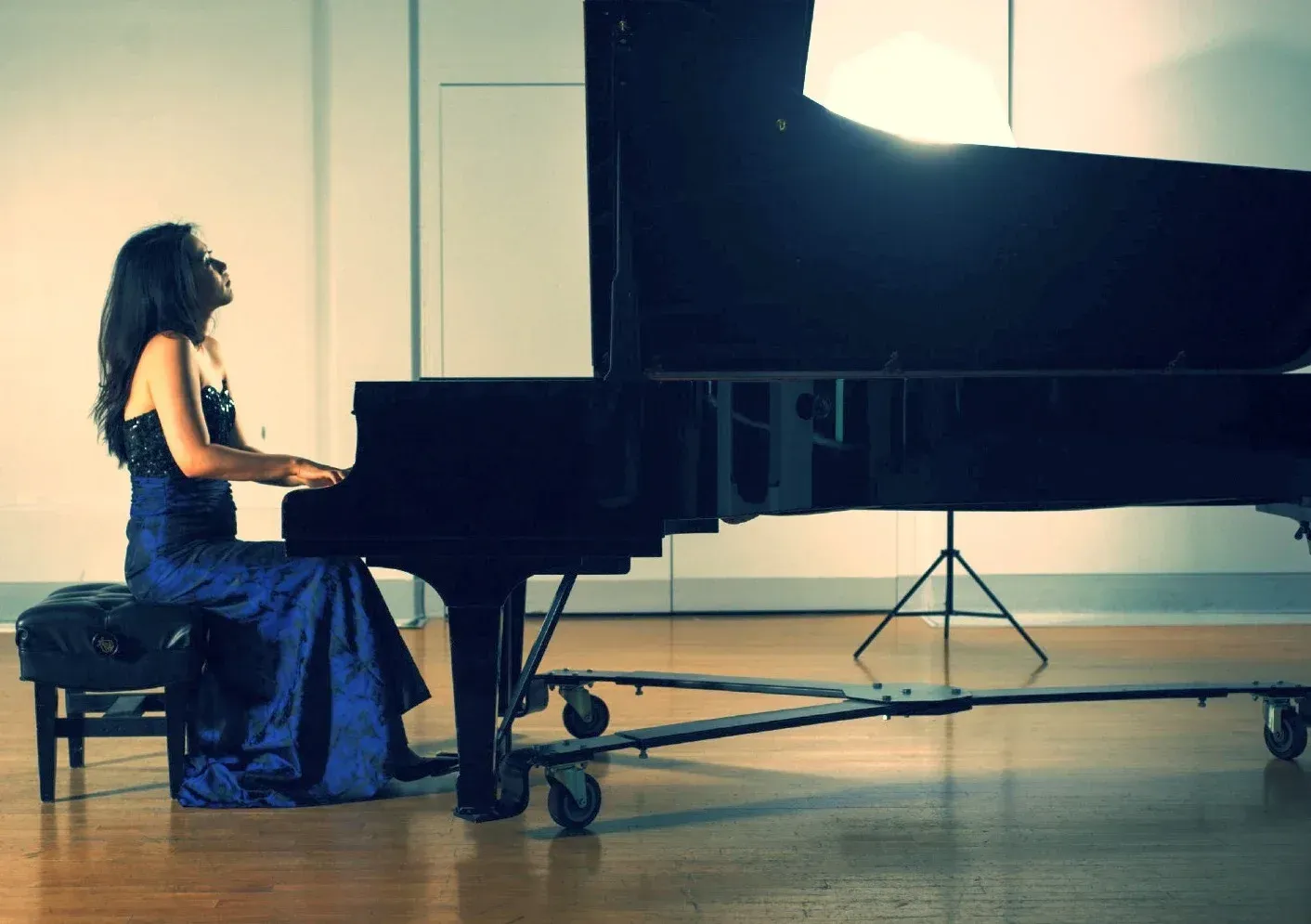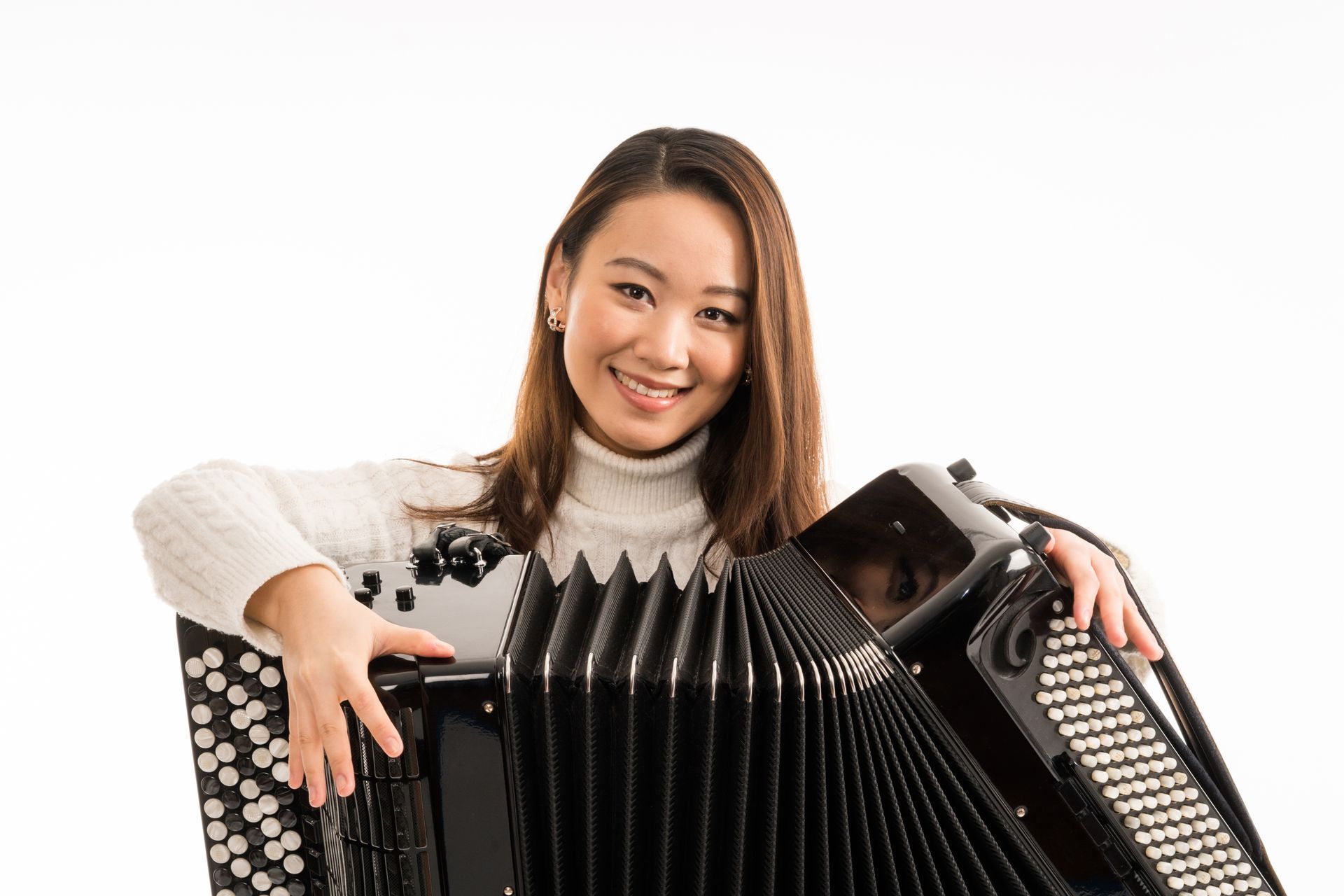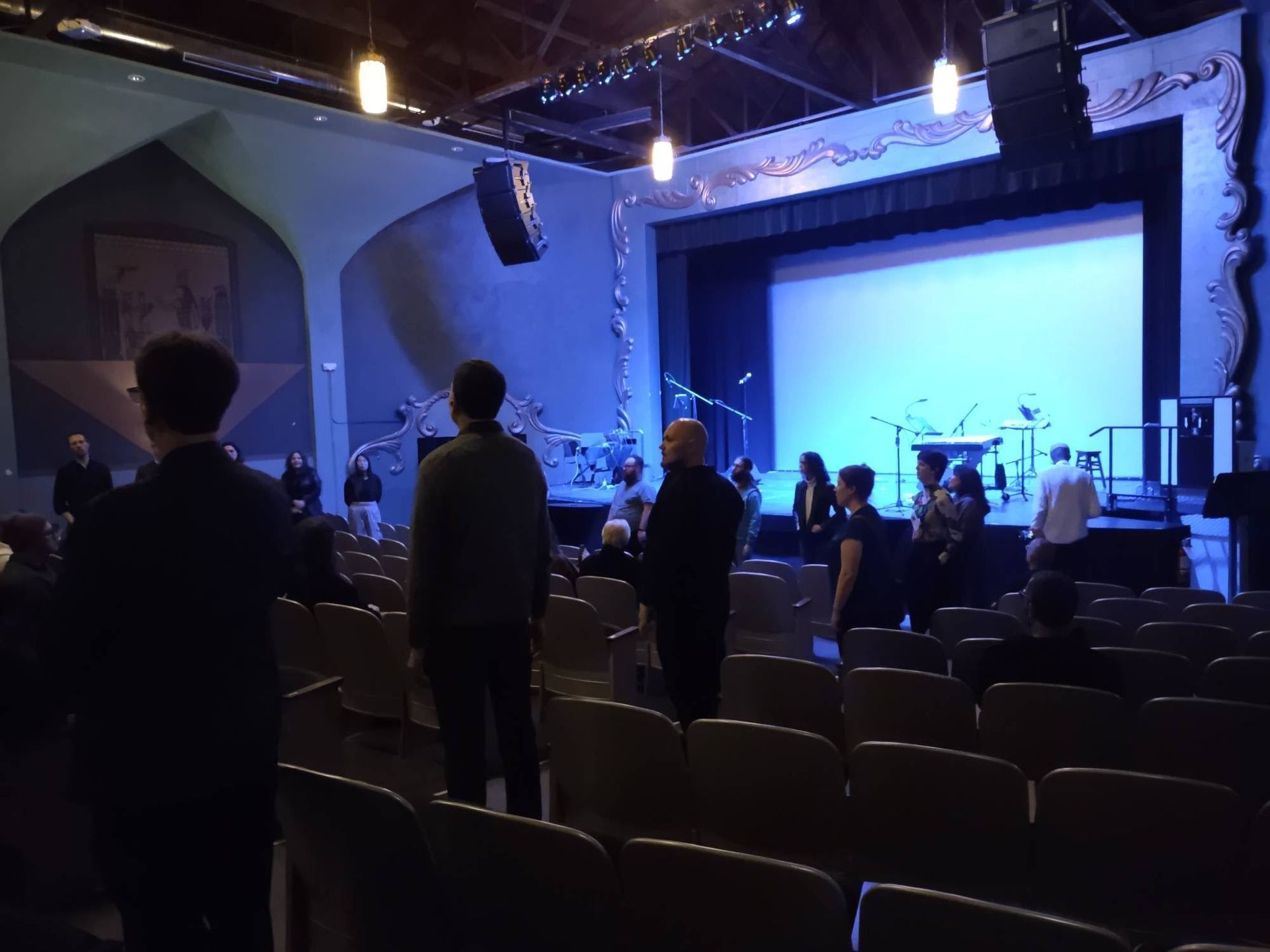Review: Second Tuesdays Concert Series presents Jooeun Pak, piano

March 11, 2025 - Arvada:
One of the special things about attending musical performances outside the concert hall is the opportunity to experience a certain immediacy of music making. Through mere proximity, the absence of the wall between the musician and the audience allows through a bit of the pulp of the process. While this might be undesirable in a recording or a competition, this is what is needed in most live performances - the human element through which the audience can relate to the music in deep, meaningful, and perhaps sometimes not-so-serious ways.
Tuesday evening’s performance by pianist Jooeun Pak on the
Second Tuesdays Recital Series was an example of how a musician can welcome an audience to their unique creative space in closing the distance between listener and performer. In addition to being a pianist, Pak is a talented painter. On stage were approximately ten of her paintings, many depicting trees in unusual and stark color combinations. Between groups of pieces, these colors and the meaning behind each piece of art were explained. While it is not unusual to pair music and art together, this event was exeptional in how Pak tied together the specific meaning of each painting to the specific nature of each bit of music. Throughout the recital, each painting flowed seamlessly into each moment of music aided by articulate, humorous, and at times honest and vulnerable commentary.
Pak explained that the trees in the paintings represented identity or the struggle for identity. She revealed that painting became an artistic outlet for her while working through injury - a life-changing setback for any musician. A few of the trees were painted on two different canvases and divided in the middle. In one of these tree paintings, this is representing an artist who is working to be productive while holding onto the new identity of an “injured pianist” - an existence on two different planes.
The music chosen for the evening was perfect for demonstrating this duality. Starting out with the Chopin Waltz in E minor, Pak’s playing was fleet, confident and poised. Few pianists would start a program with a piece requiring as much finger dexterity as this waltz. No “warmup” needed here, and not a hint of struggle was apparent. In this case the two different dimensions of expression and struggle were far from each other.
In the Haydn Piano Sonata in C major, Pak made a point of drawing out the humor of the music. But just under the surface was a fire. We could hear Haydn expressing himself in two places just like the tree paintings: one place of humor and one of serious turmoil. Timing for a comedian is crucial to pulling off a joke. In this same way, Pak’s careful use of timing tastefully accentuated the unexpected turns and playfulness of Haydn’s music while occasionally letting out a bit of the heat just underneath.
Community of Grace is a church with surprisingly good acoustics. Carpet, upholstered pews, and sound panels found in most places of worship can deaden the sound of unamplified instruments. In the Chopin Nocturne in C-sharp minor and Berceuse, Pak’s singing tone was well complimented by this room. Particularly in softer passages, she exercised impeccable control to “float” the melody just over the accompaniment. Throughout the considerable voicing difficulties of these pieces, Pak was clear - brilliant, actually, in using the instrument and space to convey a musical intention beyond simply demonstrating that she could play the notes.
The performance of Beethoven’s Sonata in D minor revealed a deeply refined playing; not overdoing the dramatic nature of this work but bringing the listener back and forth between the intellectual and the fiery opposites which exist in this piece. Yet another tie to the paintings was revealed in both Ravel’s Jeux d’eau and L’isle joyeuse by Dubussy which ended the program. Pak demonstrated a huge variety of tone color in these pieces, once again showing the confidence and technical facility we heard at the beginning of the program.
In a world where the perception of winning, strength, and being first is held among the most desirable qualities - a sentiment very much present in the music world - there was something touching and human about Pak’s not just acceptance but embrace of struggle, doubt, and perceptions of insufficiency as expressed through words, painting, and music. It is not difficult to imagine that these very things at the nucleus of the music performed this evening - the concealed turmoil of the Haydn, the uneasy searching of the Beethoven and Chopin, or even the splashes of color in the Debussy and Ravel. These composers worked with very relatable human emotions to create their work. It was refreshing to hear a musician publicly acknowledge this, giving the audience a taste of the real nature of art.
The Second Tuesdays Concert Series continues next month with pianists Olga Dashevskaya and Natalia Sim in a four-hand recital.
More information is available on their website.


